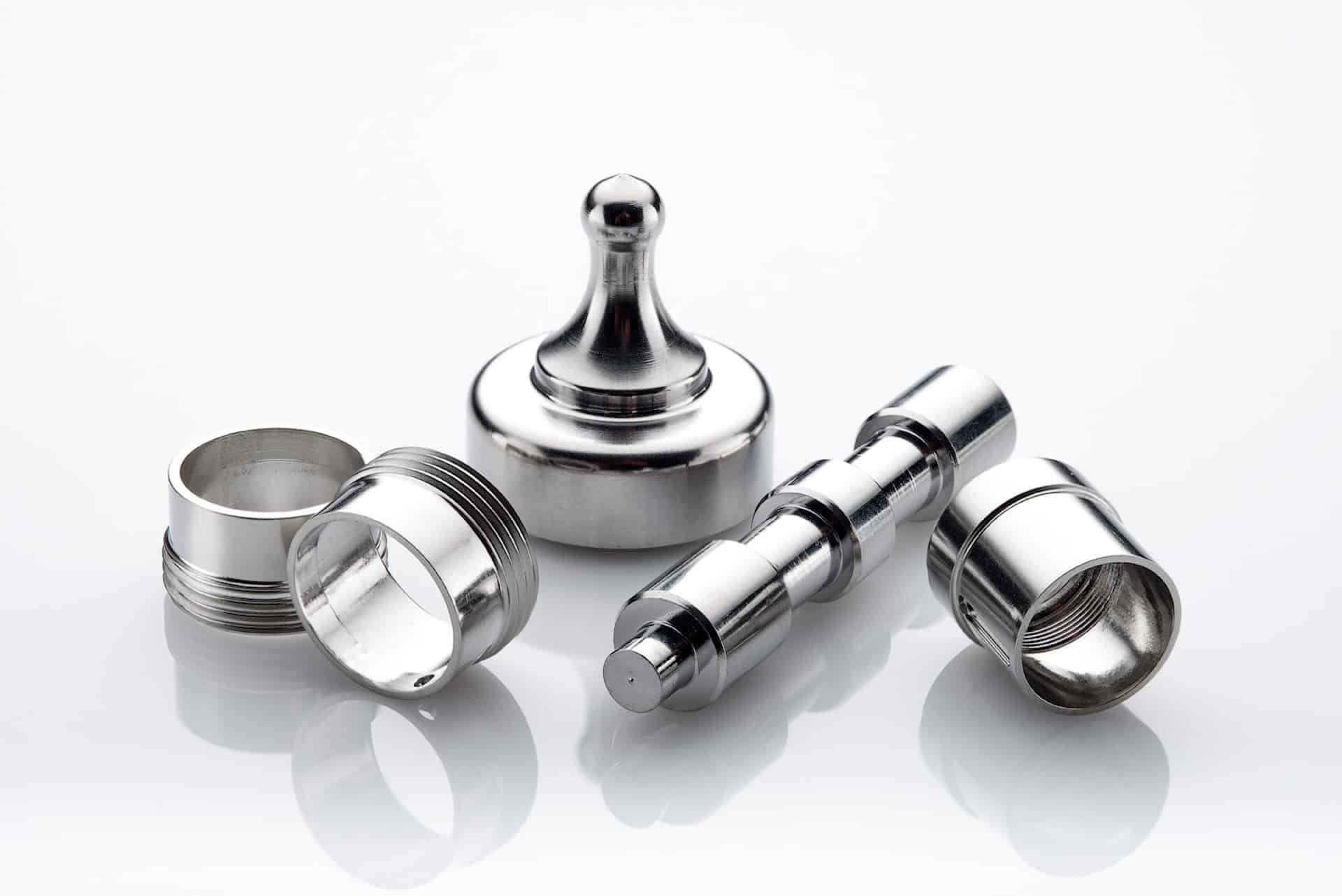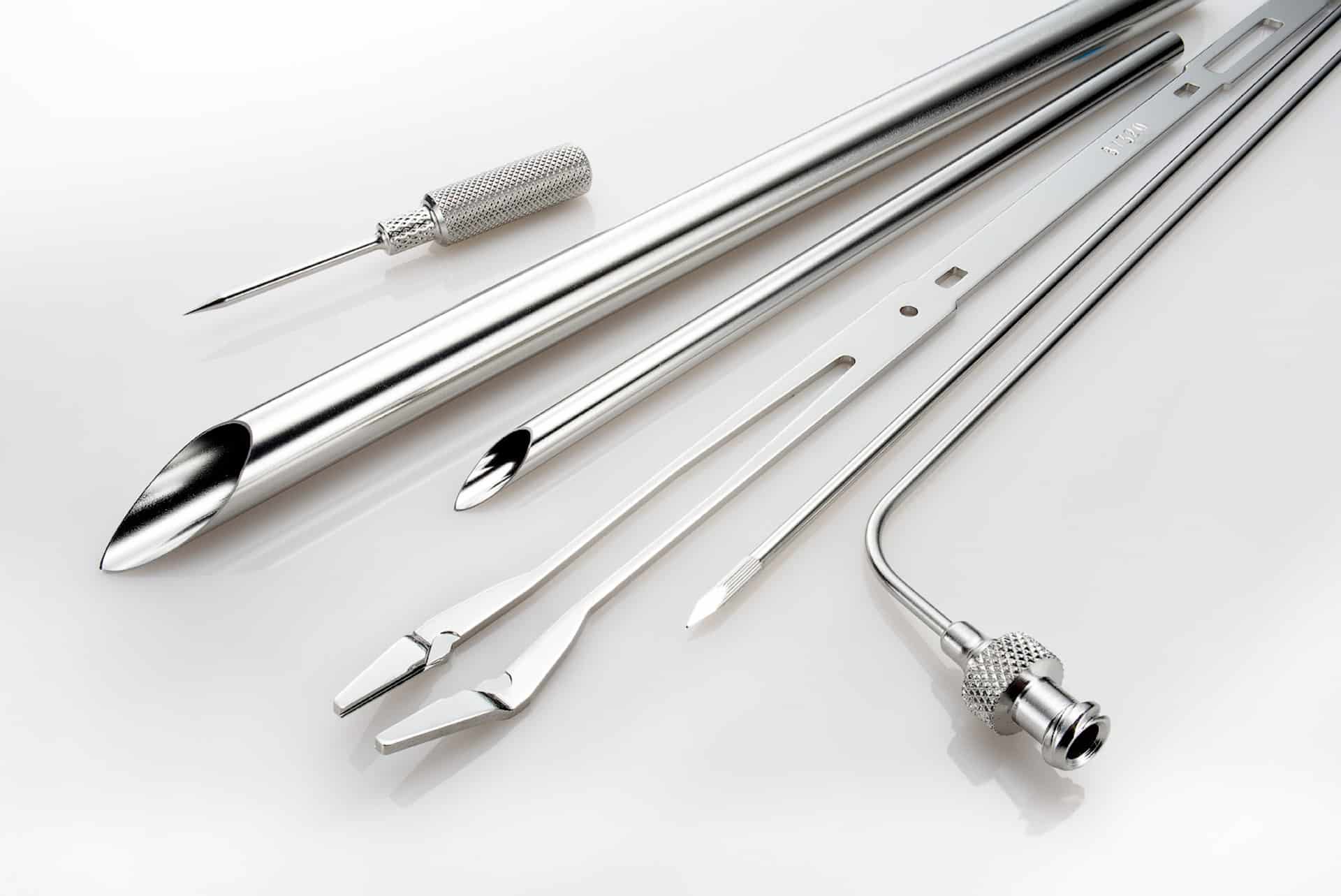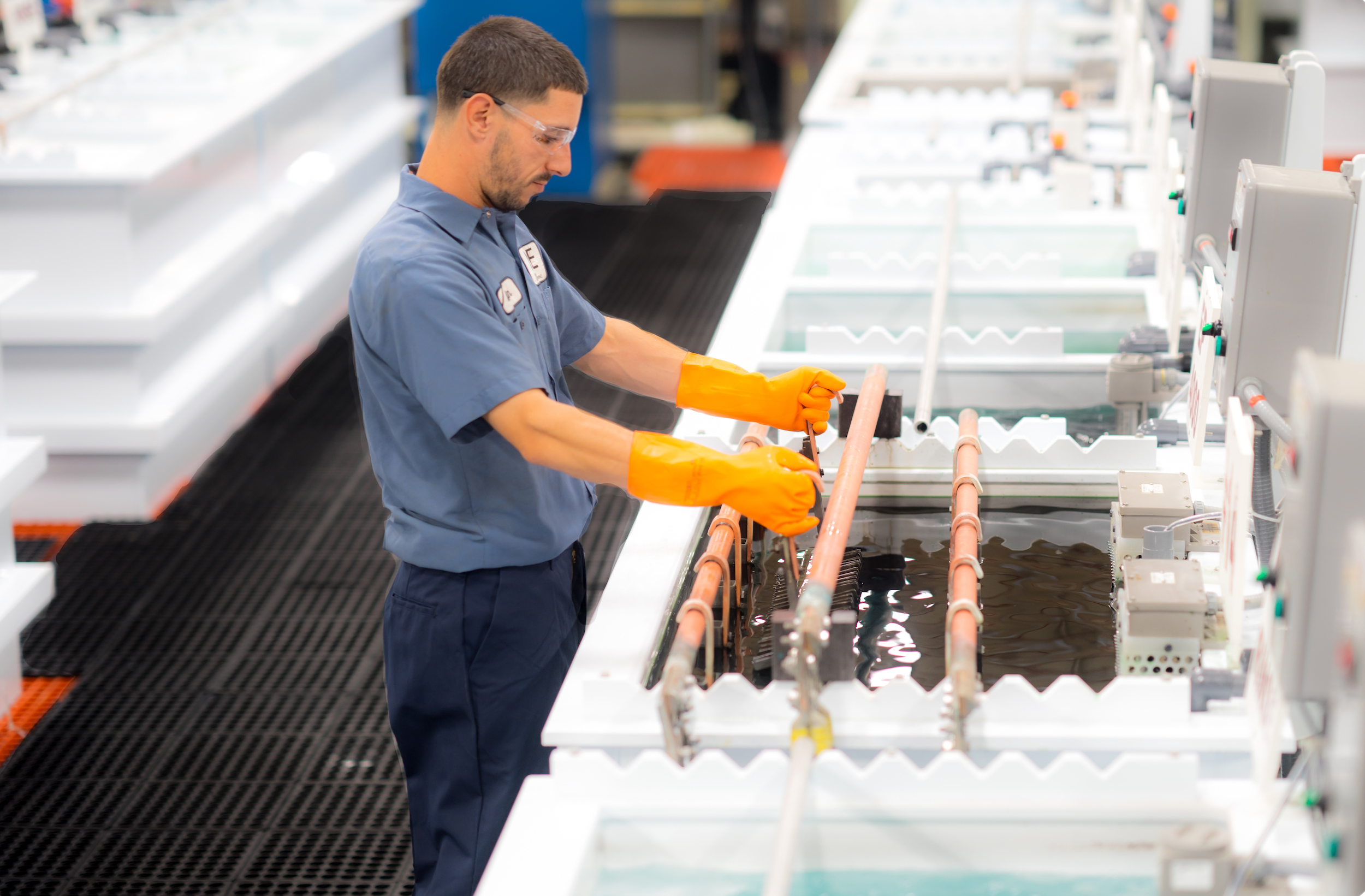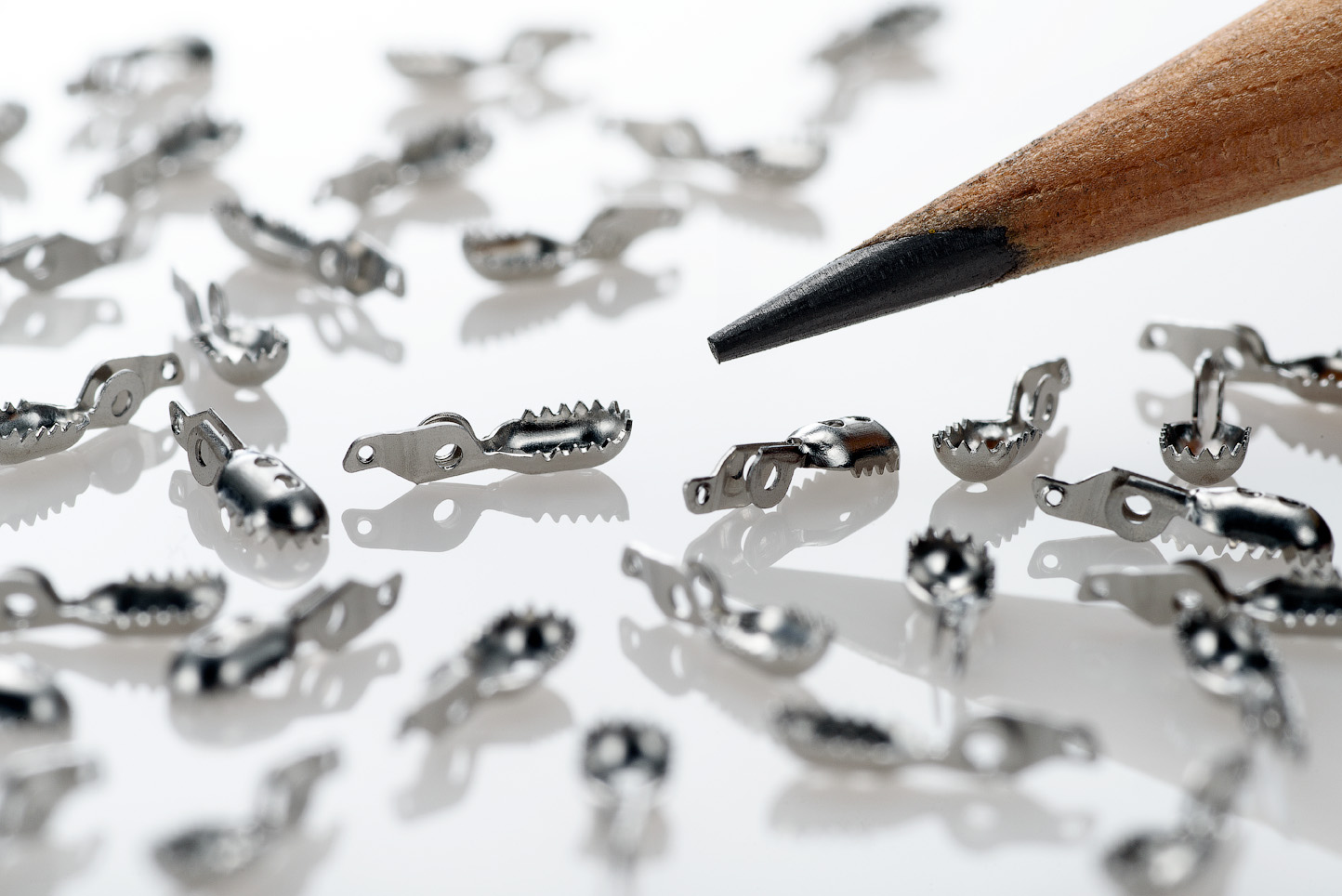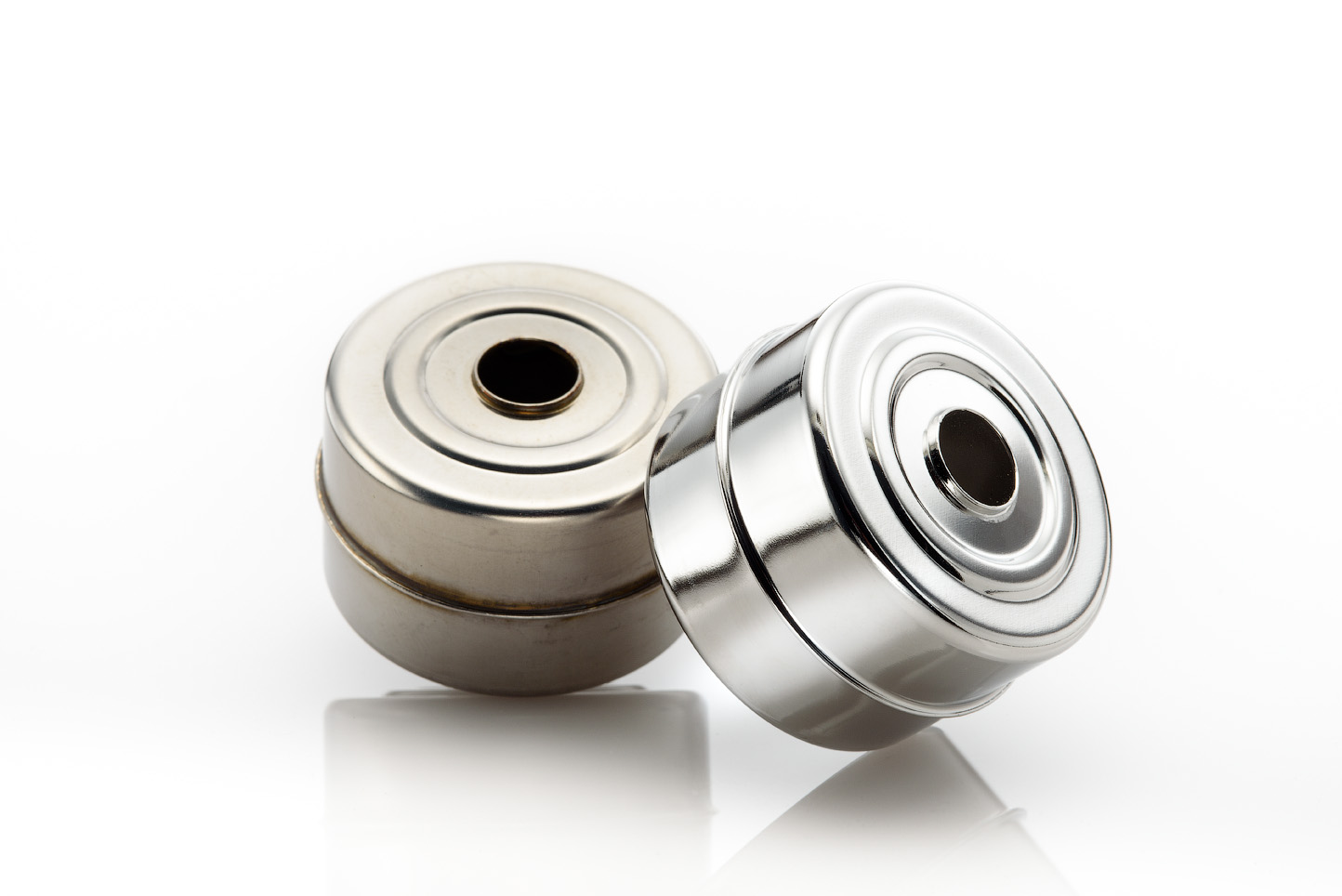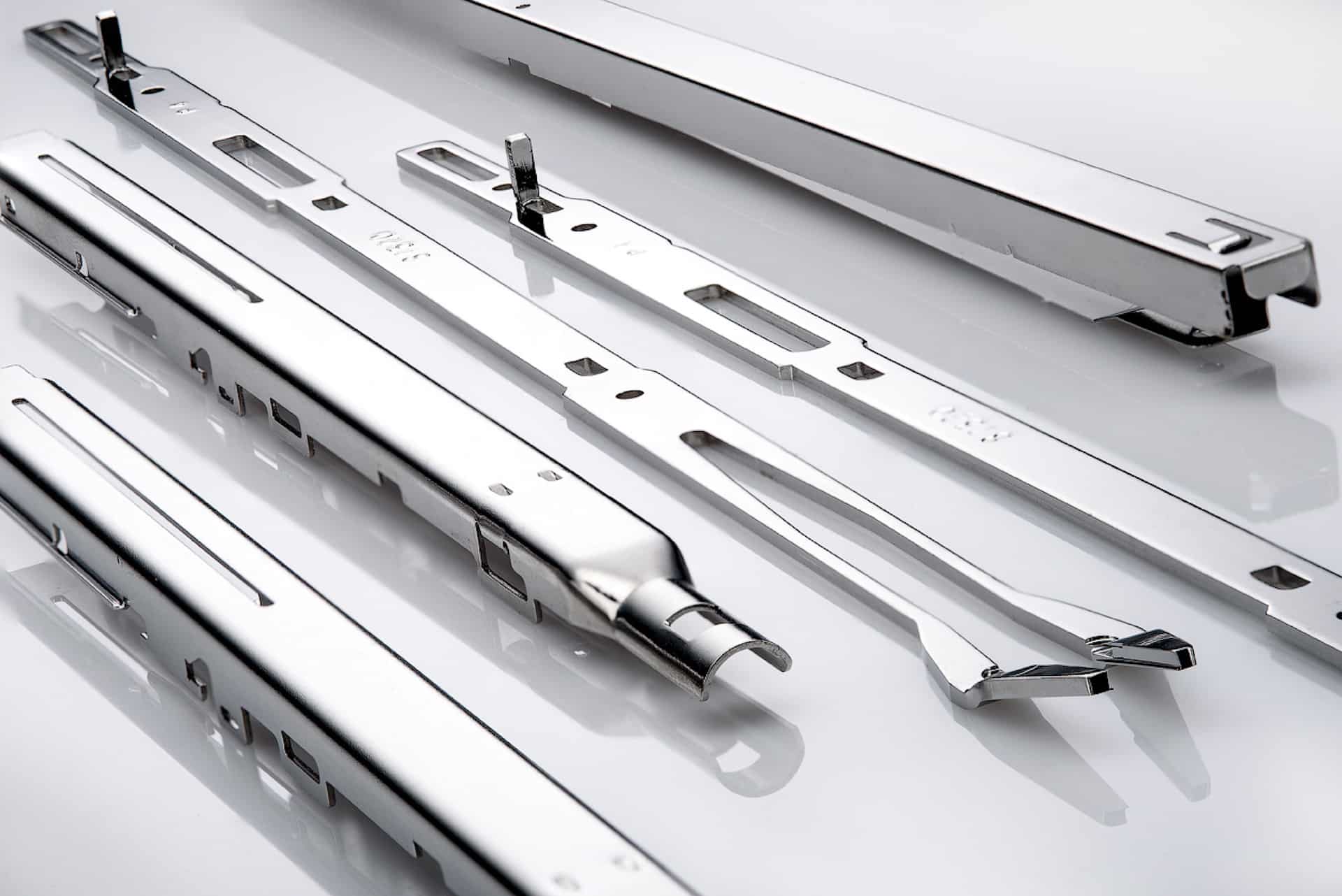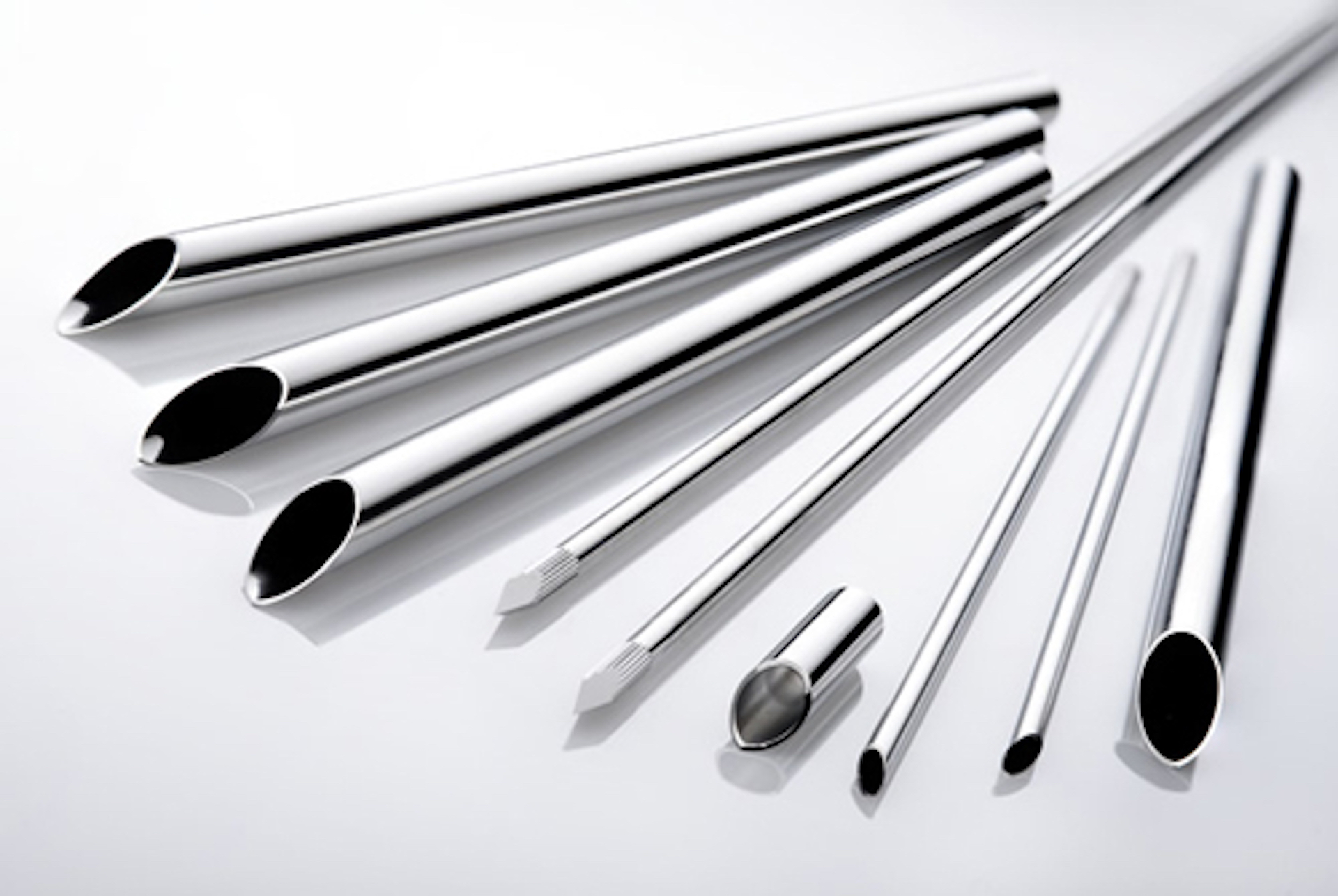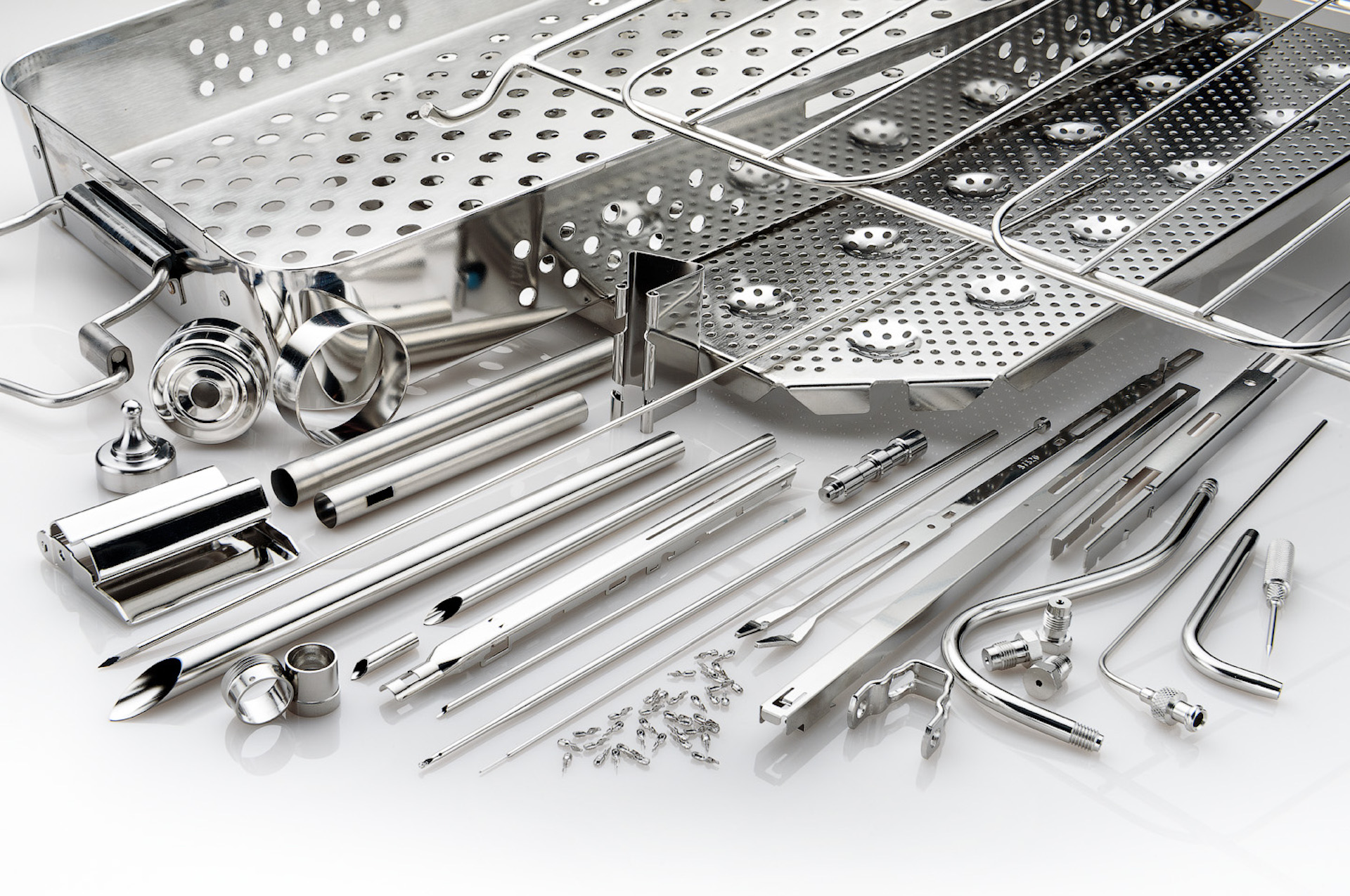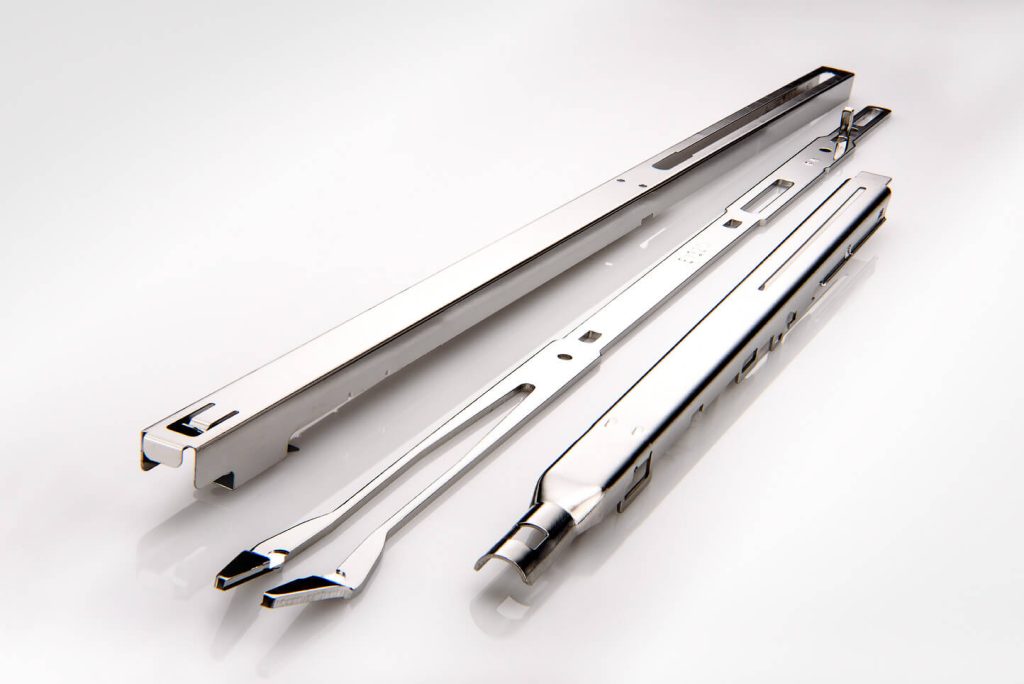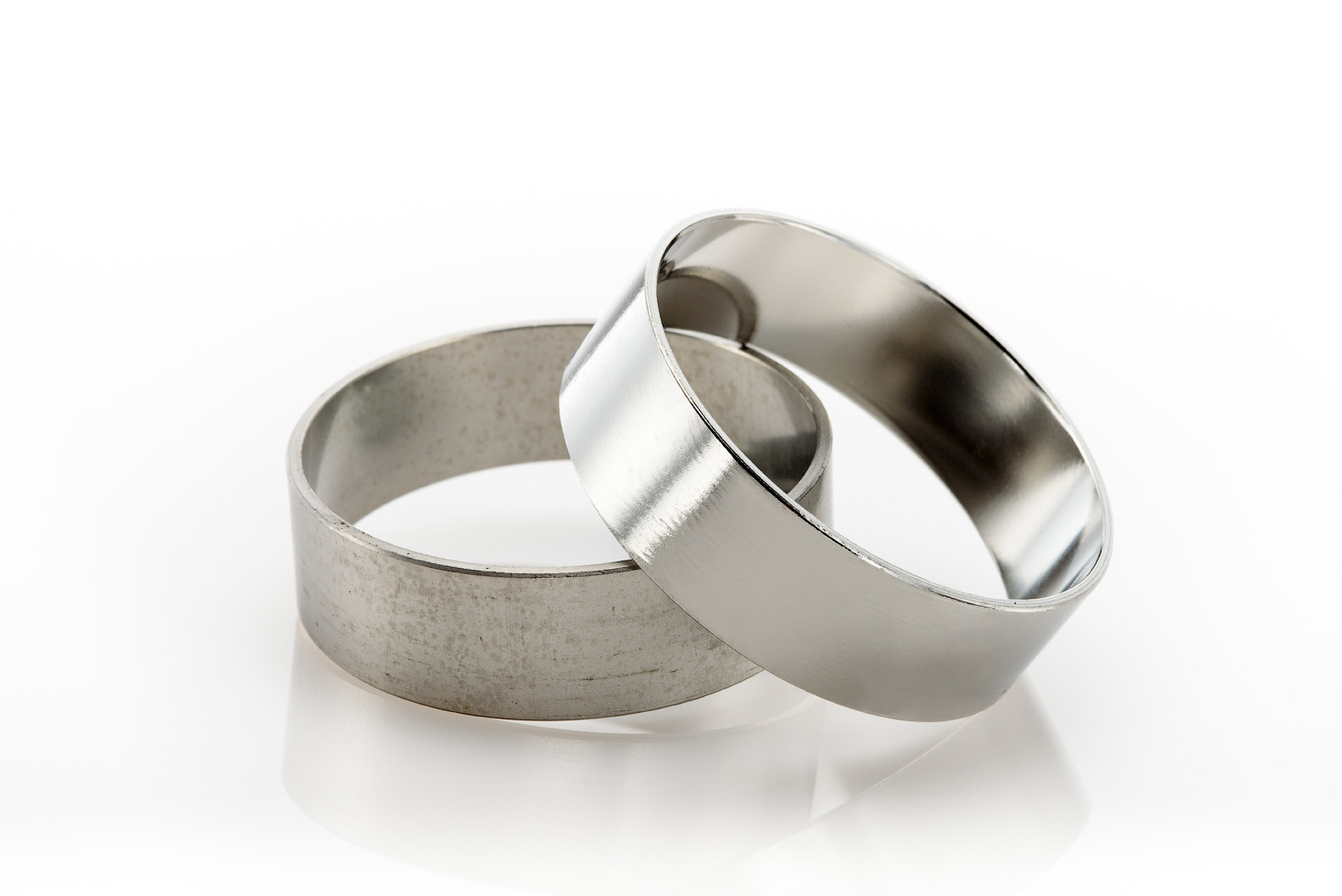Understanding Citric Acid Passivation
Citric acid passivation is a chemical process that removes free iron and surface contaminants from stainless steel, allowing the metal to develop a uniform and protective chromium oxide layer. This passive layer enhances corrosion resistance, preventing rust, pitting, and surface degradation.
Unlike traditional nitric acid passivation, citric acid is an eco-friendly alternative that provides the same (or even better) corrosion resistance without the environmental and safety risks associated with hazardous chemicals.
How Long Does the Protective Layer Last?
The passive layer created by citric acid passivation can last years or even the lifetime of the component, depending on:
1. Environmental Exposure
- Controlled Environments (Laboratories, Cleanrooms, Medical Facilities): Passivation can last indefinitely with proper handling.
- High-Humidity Areas: Regular cleaning and passivation renewal may be needed to maintain optimal corrosion resistance.
- Marine and Harsh Industrial Settings: Frequent exposure to chlorides and extreme conditions may require periodic re-passivation.
2. Stainless Steel Grade
Higher grades of stainless steel, such as 316 or 317, retain passivation longer due to their higher molybdenum content, which enhances corrosion resistance. Lower grades like 304 may require more frequent re-passivation in aggressive environments.
3. Cleaning and Maintenance
Proper cleaning methods significantly impact the longevity of citric acid passivation. Using non-abrasive cleaners, avoiding harsh chemicals like bleach, and implementing regular inspections help preserve the passive layer.
4. Mechanical Wear and Surface Damage
Scratches, welding, grinding, or exposure to abrasive materials can compromise the passive layer, requiring re-passivation to restore corrosion resistance.
How to Extend the Life of Citric Acid Passivation
To maximize the longevity of passivation of stainless steel with citric acid, follow these best practices:
Regular Inspection: Monitor stainless steel surfaces for signs of corrosion, discoloration, or pitting.
Proper Cleaning: Use neutral pH cleaners and avoid harsh chemicals that could degrade the passive layer.
Periodic Re-Passivation: High-exposure environments may require re-passivation every 6 months to 2 years.
Electropolishing for Added Protection: Combining passivation with electropolishing further enhances corrosion resistance by smoothing out microscopic imperfections where contaminants can accumulate. Learn more about the electropolishing surface finish here.
Conclusion
The lifespan of citric acid passivation varies based on environmental conditions, stainless steel grade, and maintenance practices. In ideal conditions, passivation can last for years without degradation, while in more aggressive environments, periodic re-passivation ensures continued protection.
New England Electropolishing specializes in citric acid passivation for industries requiring the highest standards of corrosion resistance and durability. Whether you need initial passivation or ongoing surface treatment solutions, our expertise ensures long-lasting results for your stainless steel components.
Need to enhance the longevity of your stainless steel? Contact us today to learn more about our passivation and electropolishing services!
